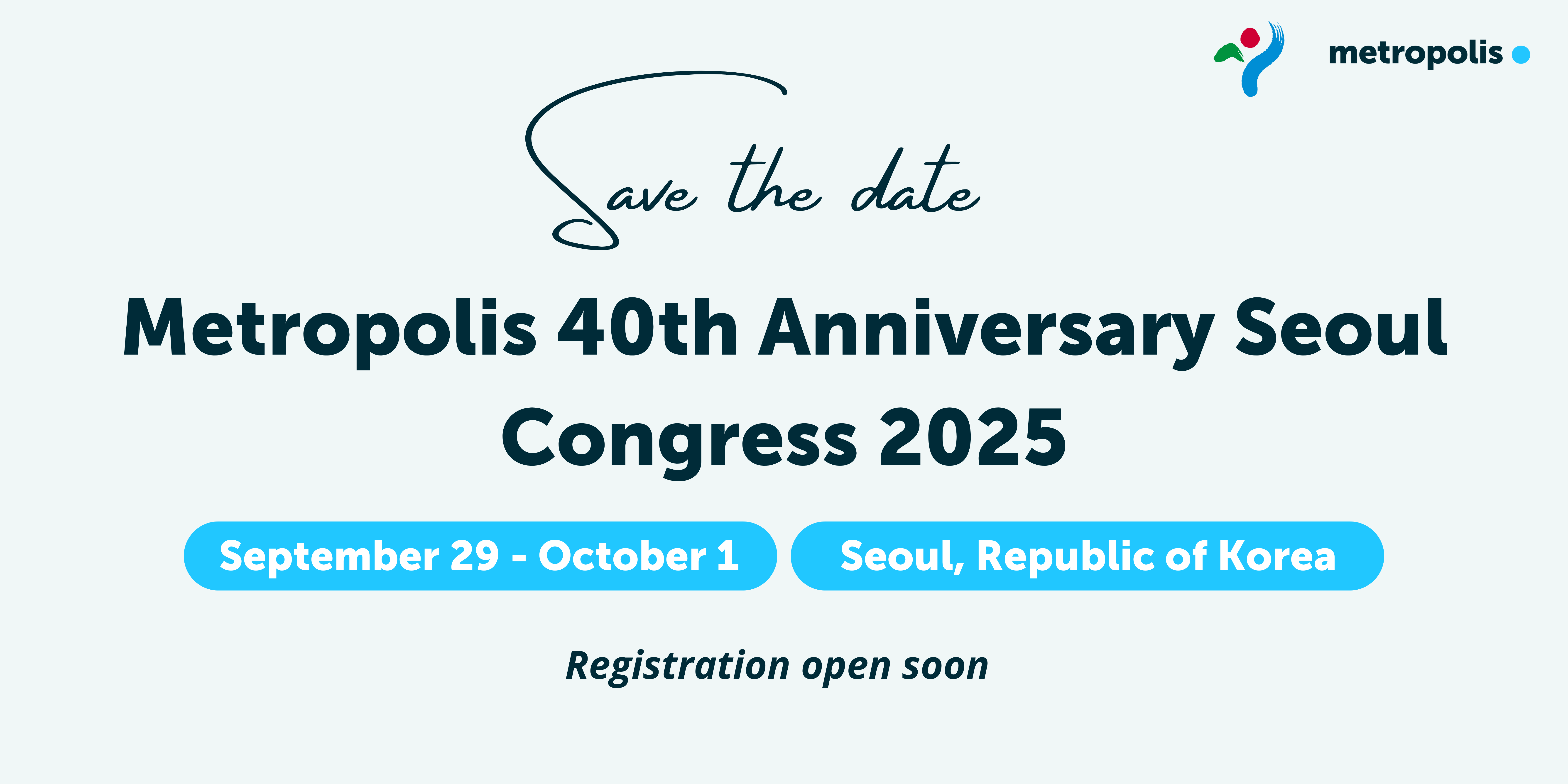
The Rebirth of Wuhan's Urban Waste Dump - Ecological Treatment and Return of Plurality
Wuhan’s ancient Chinese nickname was “Dreamland with Clouds and Wetland.” That ecological reputation suffered in the modern era, however, as the major Chinese industrial hub became home to Asia’s largest landfill as well as an abandoned dike from the early 20th century. Together these polluted areas blocked further city expansion and degraded quality of life.
The 45-acre garbage dump once smoldered with trash fires and belched so much methane across Wuhan that nearby residents could not open their windows. Wuhan decided to clean up this part of the city when awarded the opportunity to host the 10th International Garden Expo. The Chinese government sponsors this event in part to encourage cities to create or improve parks and green spaces.
Wuhan invited experts from 10 other countries and consulted 26 other Chinese cities before deciding on a remediation methodology for its landfill.
Wuhan’s $690-million restoration of the Jinkou landfill and adjacent Zhanggong Dyke improved air and water quality for 400,000 residents, but ensuring the project was completed in a timely fashion required a new approach to project management.
“Our measure was to have lots of officials who come from 24 departments to set up temporary headquarters for the duration of the whole development,” said Project Director Fang Li. “Then we could more efficiently make decisions.”
Requiring city government officials with decision making authority to remain on site ensured that difficult decisions necessitating coordination between city departments happened quickly.
Now, the reclaimed trash heap is a green oasis so verdant it has become a popular wedding venue, one of the many activities like festivals and fun runs that generate revenue to sustain park maintenance.
Landscape architects adopted the “sponge city” model and planted gardens, green roofs, and permeable pavement that can absorb rainfall. Native plants have led to the return of native fauna once thought banished from the city, and the 30 km green belt has reserves set aside to encourage animal life to flourish.
“That is the lungs for our ecological living environment,” Fang Li said.
Wuhan’s ecological restoration incorporates elements of SDG6 by improving a former landfill, SDG9 by creating “sponge city” infrastructure, SDG10 by improving the quality of life for residents near the landfill, and SDG11 for making the city more sustainable overall.

